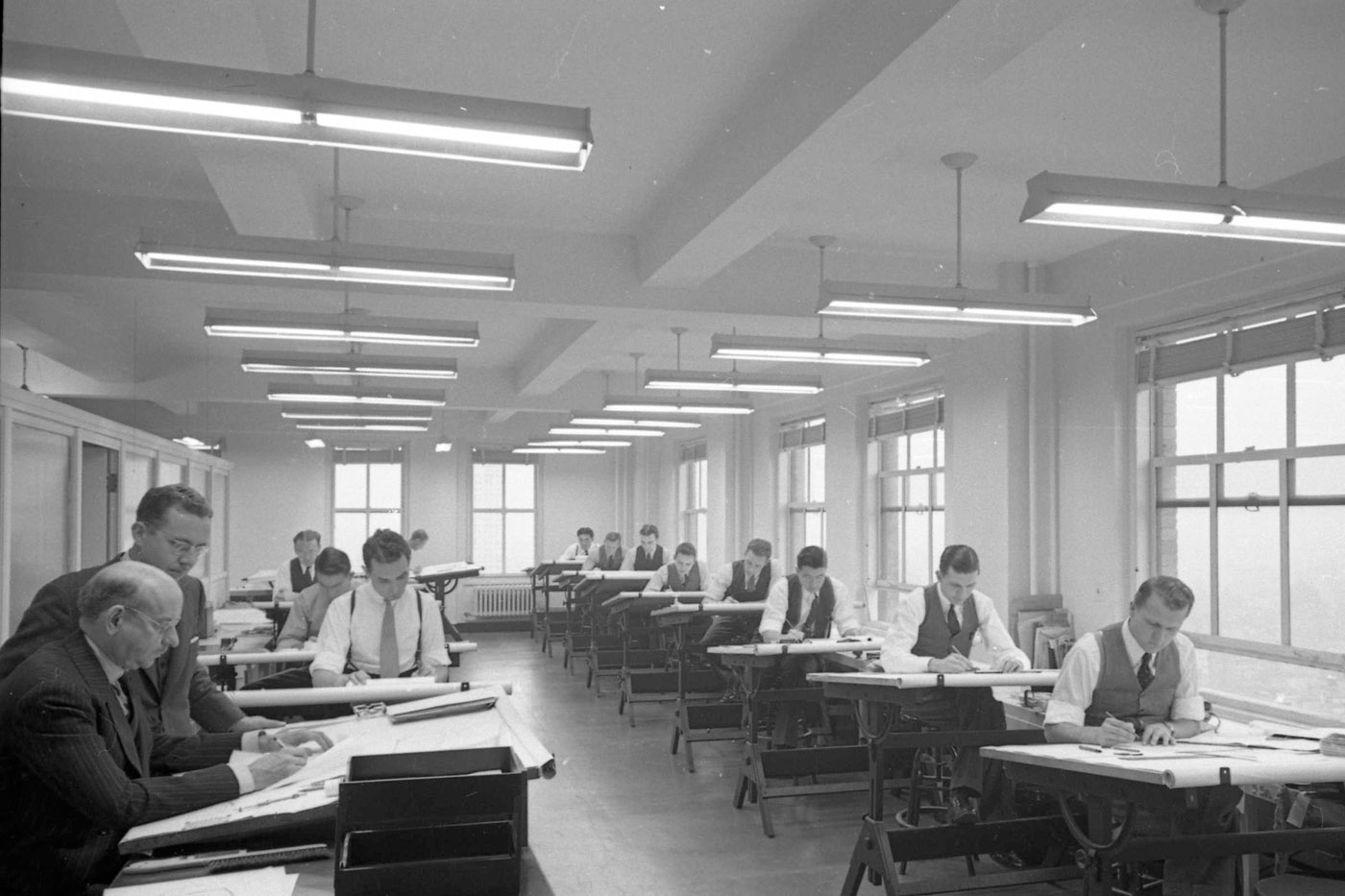
Top 10 industrial design software applications by install base
There is apparently some variation in what we have described as “industrial design software”. Some might call the category “computer-aided design and engineering” software applications.
But almost everyone who knows even a little bit about the software tends to know that they are used in the design of physical objects, as in three-dimensional objects for the real world.
The reason why this distinction is worth making is that these days when you say “engineer”, more often than not, people might think you mean “software engineer”.
And while traditional engineering – like everything else – is actually quite heavily computerised, and becoming more so, the list below refers to software that is generally used to create physical, real-world objects – or hardware, rather than software.
The research website, iDataLabs.com, calls the category “computer-aided design and engineering”, and lists the 50 most popular.
The top 10, along with the number of companies using the product, are:
- Autodesk AutoCad… 110,718
- Dassault Systèmes… 40,675
- Dassault SolidWorks… 37,214
- LabView… 13,140
- Dassault Catia… 11,605
- Autodesk Inventor… 8,987
- PTC… 8,457
- Ansys… 8,207
- CNC Software… 4,925
- Mastercam… 4,655
The top one, AutoCad, is more strongly associated with the architectural profession, rather than engineering or manufacturing, but Autodesk has numerous applications which are more specifically aimed at individual sectors.
Other popular suites of industrial design applications – which are just outside the top 10 – are offered by Siemens and Bentley, but the big two or maybe three companies in the sector are Autodesk, Dassault Systèmes, and probably Ansys.
The reason we’ve picked out Ansys is because people say that it has advanced simulation capabilities, something which all of the leading companies are increasingly offering.
It seems it’s no longer enough to enable designers or users to simply add an image of a material, or “texture”, to make it look like wood, for example, designers increasingly want the simulations of real-life physics that go with it.
The reason for this is obvious, but may as well be stated. The functions of an industrial product is often more important than its form.
Another area of competition for these industrial software companies is artificial intelligence which enables the application to create design iterations by itself.
The process is sometimes called generative design, and is one where the human designer can set parameters such as material and basic form, and then the software does the rest.
This is where vast quantities of data about the physics of the real world are required by the software, and it’s one of the reasons industrial design – or “CAD” – software is increasingly moving to the cloud, where it can avail itself of large numbers of servers or even a supercomputer when it needs to.
Supercomputers differ from cloud computing in that a supercomputer is one machine, where a cloud computing system basically mixes and matches a number of different servers and computing systems, often on the fly, as and when it needs to.
Supercomputers tend to be the preferred choice when large manufacturing companies in the automotive industry, aerospace industry and others need to run simulations of how their new product is going to perform.
Supercomputers might be expensive to hire and it might take a long time to design the simulation, but it can be a lot cheaper than real-world tests.
All of this is part of the digitalisation of industry many people talk about, making the entire process – from idea to delivery – virtual, so every detail can be simulated, tested and optimised.
Which is why product lifecycle management software is also gaining prominence in an increasing number of industrial companies.
